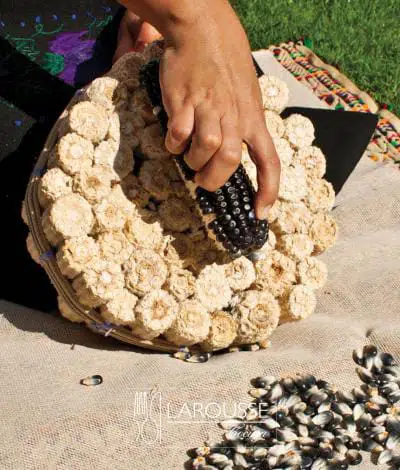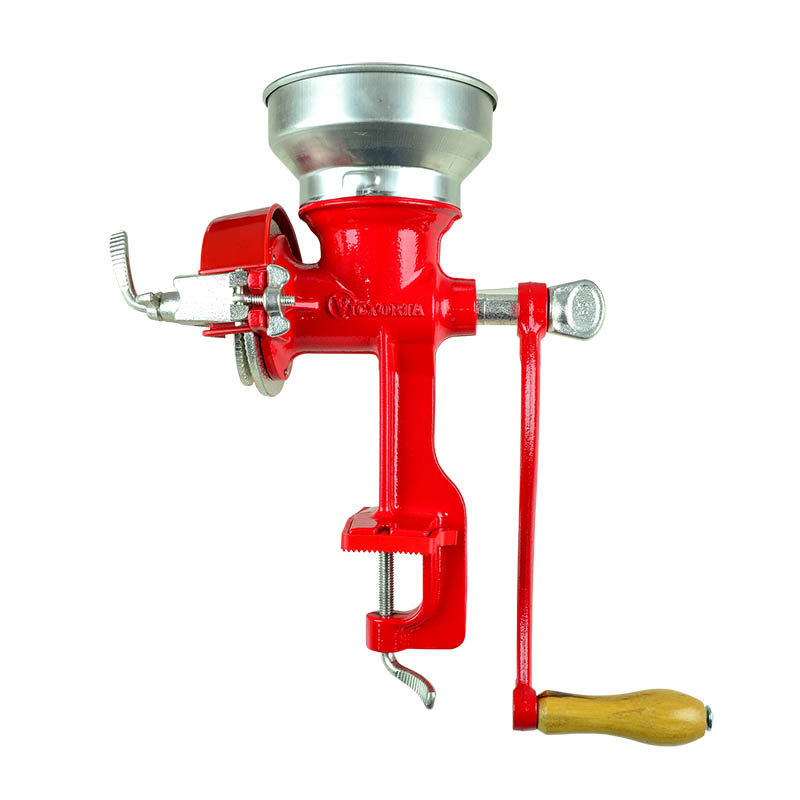
 3
3




Dirty hands + a sweaty handkerchief = hope for the future.
 7
7





 6
6




 6
6




 .
.
 which can also be used to grind the lime-soaked corn. Though usually that is taken to the village gas-powered mill to be ground.
which can also be used to grind the lime-soaked corn. Though usually that is taken to the village gas-powered mill to be ground.pax amor et lepos in iocando
 3
3




Dirty hands + a sweaty handkerchief = hope for the future.
 3
3




 4
4




Phil Stevens wrote:The hand cranked mills like the Victoria and the Corona are for wet nixtamalized corn. They are almost identical to a meat grinder. Trying to do dry flint corn in one of these would be torture for the contraption and the person doing the work.
I put a small amount of flint corn in with my wheat when I'm using the stone mill to make flour. This works OK as long as the ratio is at least 20:1, but trying to grind corn alone really punishes the machine so I don't do it.
pax amor et lepos in iocando







 2
2




 5
5








